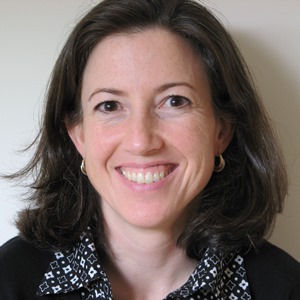Hello. My name is Amy A. Germuth and I own EvalWorks, LLC, an education evaluation firm in Durham, NC, which has a strong focus on evaluating STEM projects. Having conducted evaluations of ATE and multiple other NSF STEM projects since the early 2000s, I have worked with PIs to help them better respond to NSF solicitations.
For every ATE solicitation, NSF has required that proposers identify the “Results of Prior Support.” NSF requests that proposers provide the following information:
- The NSF award number, amount and period of support
- The title of the project
- A summary of the results of the completed work
- A list of publications resulting from the NSF award
- A brief description of available data, samples, physical collections, and other related research products not described elsewhere
- If the proposal is for renewal of a grant, a description of the relation of the completed work to the proposed work
This is an excellent opportunity for proposers who have been funded previously by NSF to highlight how their prior funds were used to support a positive change among the targeted group or individuals. For point 3, rather than simply stating the number of persons served, proposers should do the following:
- State briefly the main goal(s) of the project.
- Identify who was served, how many were served, and in what capacity.
- Explain the impact on these persons that resulted from their participation in this project.
- Provide what evidence was used to make the above inference.
An example may read something like this:
“As part of this project, our goal was to increase the number of women who successfully earned an associate’s degree in welding. To this end, we began a targeted recruiting campaign focusing on women who were about to complete or had recently completed other related programs such as pipefitting and construction and developed a brochure for new students that included positive images of women in welding. We used funding to develop the Women in Welding program and support team building and outreach efforts by them. Institutional data reveal that since this project was started, the number of women in the welding program has almost tripled from 12 (2006 – 2010), of which only 8 graduated to 34 (2011 – 2016), of which 17 have already graduated and 5 have only one semester left. Even if the remaining 17 were not to graduate, the 17 who already have is double the number of female students who graduated from the program between 2006 – 2010.”
To summarize, if you have received prior support from NSF, use this opportunity to show how the funding supported project activities that made a difference and how they inform your current proposal (if applicable). Reviewers look to this section as a way to ascertain the degree to which you have been a good steward of the funding that you received and what impacts it had. Attention to this section will provide one more measure by which reviewers will judge the ability of your proposed project to be successful.

Except where noted, all content on this website is licensed under a Creative Commons Attribution-NonCommercial-ShareAlike 4.0 International License.





 EvaluATE is supported by the National Science Foundation under grant numbers 0802245, 1204683, 1600992, and 1841783. Any opinions, findings, and conclusions or recommendations expressed on this site are those of the authors and do not necessarily reflect the views of the National Science Foundation.
EvaluATE is supported by the National Science Foundation under grant numbers 0802245, 1204683, 1600992, and 1841783. Any opinions, findings, and conclusions or recommendations expressed on this site are those of the authors and do not necessarily reflect the views of the National Science Foundation.